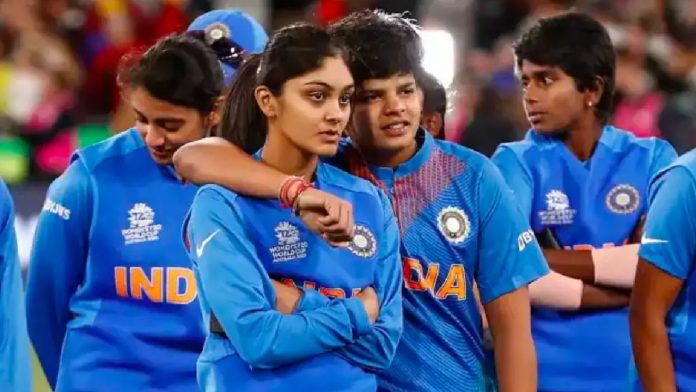The fatigue of the UAE wickets, combined with the circumstances, would certainly benefit India’s spin-heavy side.
When India face New Zealand in their first Group A match of the women’s T20 World Cup on Friday, they will need a brilliant performance from their senior players to erase the memories of previous close calls. Skipper Harmanpreet Kaur, who will most likely play in her final T20 World Cup, has witnessed countless near misses and disappointing moments from close quarters, notably India’s defeat to Australia in the 2020 final in Melbourne.This Indian lineup is loaded with skill, as it has always been; in fact, only Australia may have a more cohesive team.
However, India’s championship is still covered in dust, while the current winners have six titles in their collection.
What then makes India relevant again in world affairs? They attempted to address what appeared to be more of a case of mental fragility during key times with a few counseling sessions during a prep camp at the National Cricket Academy.However, such external metrics can only be of limited use in large tournaments, as it all boils down to faultless execution of strategy on any given day.
In that sense, India will not face a better opponent than New Zealand, which is not as well-known as its Trans-Tasman neighbour. However, the two-time runners-up are tough as nails.
A victory over them may be interpreted as a sign of being in good shape — strategically and mentally — which is a prerequisite for India in a group that also includes Australia, Sri Lanka, and Pakistan.To begin, India will need significant contributions from its top players, including the 35-year-old Harmanpreet, Smriti Mandhana, Jemimah Rodrigues, Shafali Verma, and Deepti Sharma.
Shafali and Mandhana have been in terrific form, scoring runs in their most recent international appearance, the Asia Cup in Sri Lanka in July, despite India’s loss to the hosts in the final.
In fact, Mandhana’s past five T20I innings have included three fifties.
However, Harmanpreet and Shafali have been unimpressive, and the duo’s ability to find range is critical to India’s top and middle order charge.It is essential for India’s chances since the pitches in the UAE, which are experiencing a severe heat wave, may not be conducive to scoring runs, especially late in the competition.
However, the projected weariness of the track may, in one way, benefit India’s bowling strengths — spin.
They only have three pacemakers on their roster: Renuka Singh, Pooja Vastrakar, and Arundhati Reddy.
India will most likely only play two of them, relying heavily on spinners in their lineup.India offers remarkable diversity in that regard. Off-spinners Deepti and Shreyanka Patil, leg-spinner Asha Shobhana, and left-arm spinner Radha Yadav will spearhead the attack.
However, the Kiwis have a strong mix of youthful and seasoned players who can help them overcome these challenges.
The core of this New Zealand team consists of veteran pacers Lea Tahuhu and Leigh Kasperek, seasoned all-rounder Suzie Bates, and charismatic captain Sophie Devine.
They have the ability to pull off a few surprises in this tournament, especially with the addition of the exciting young all-round player Amelia Kerr.Beyond them, though, the Kiwis may be vulnerable because they lack experience.
Teams:
India Women: Harmanpreet Kaur (c), Smriti Mandhana, Shafali Verma, Deepti Sharma, Jemimah Rodrigues, Richa Ghosh, Yastika Bhatia (subject to fitness), Pooja Vastrakar, Arundhati Reddy, Renuka Singh Thakur, Dayalan Hemalatha, Asha Sobhana, Radha Yadav, Shreyanka Patil (subject to fitness), Sajana Sajeevan Travelling reserves: Uma Chetry (wk), Tanuja Kanwer, Saima Thakor.
New Zealand Women: Sophie Devine (c), Suzie Bates, Eden Carson, Izzy Gaze, Maddy Green, Brooke Halliday, Fran Jonas, Leigh Kasperek, Melie Kerr, Jess Kerr, Rosemary Mair, Molly Penfold, Georgia Plimmer, Hannah Rowe, Lea Tahuhu.














